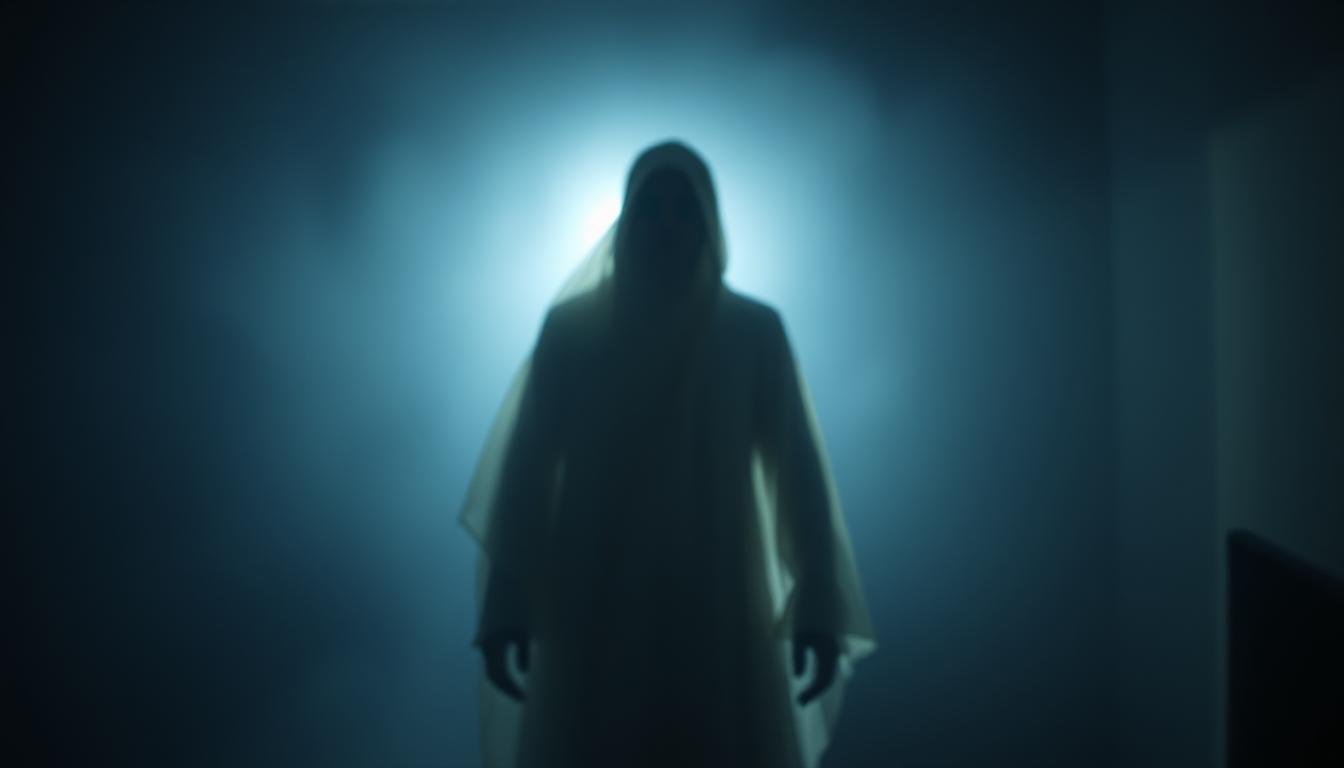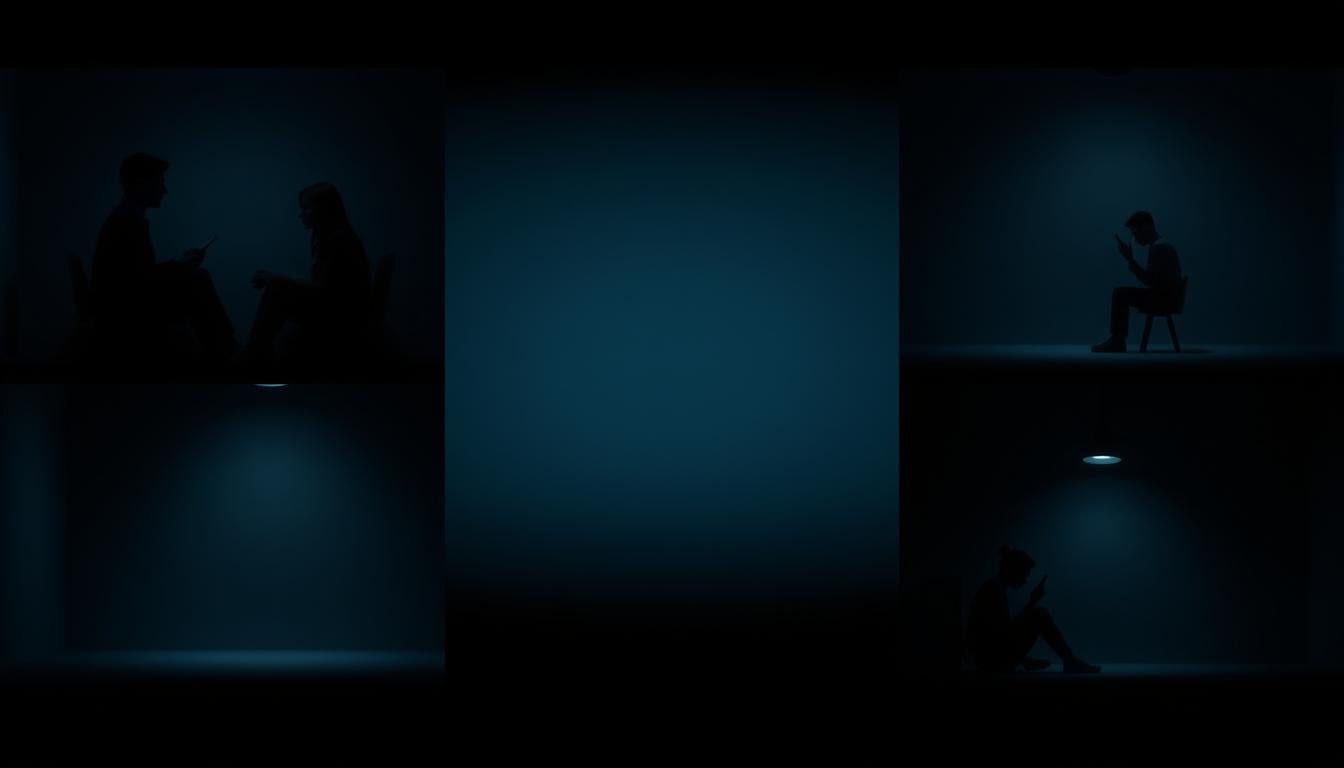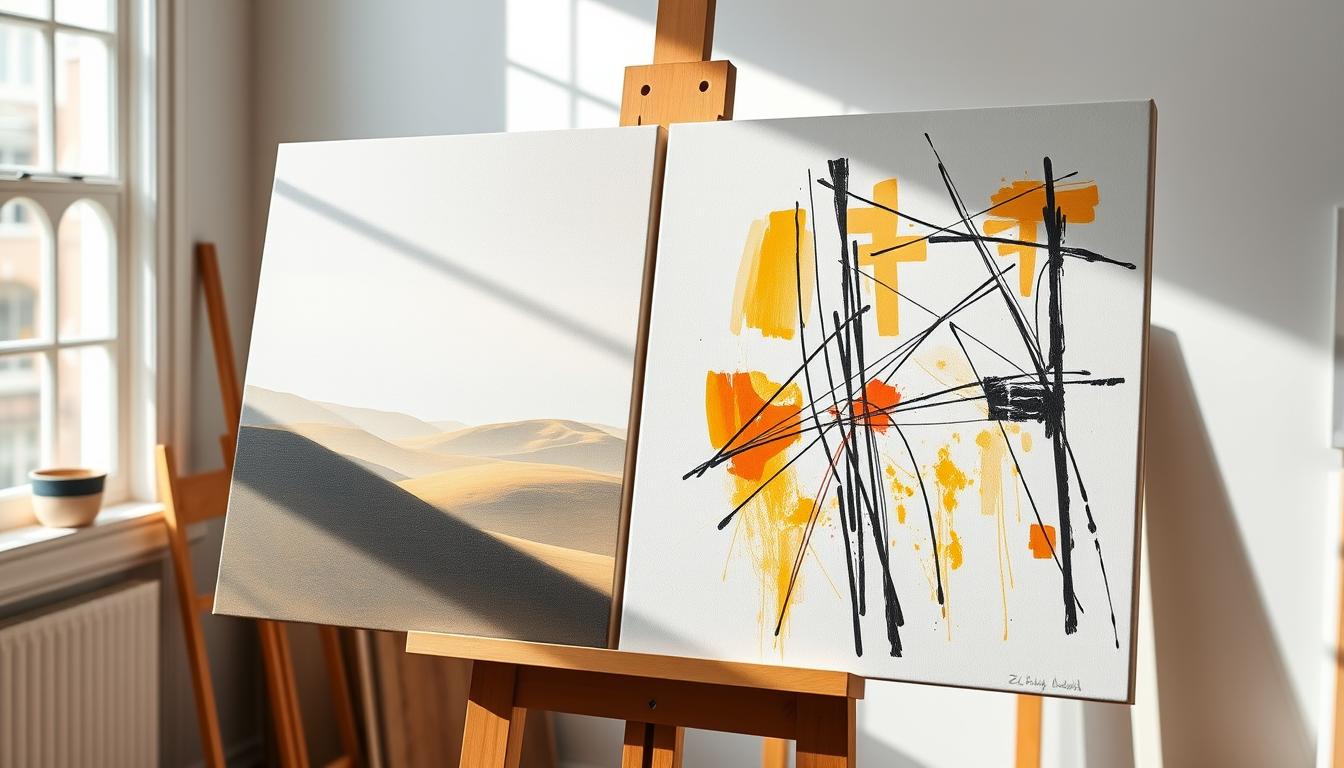Have you ever snapped a perfect scene and found strange haze or flare that only shows up later?
Ghosting appears as unwanted flare, haze, or faint shapes caused by stray light bouncing inside your lens. It won’t be in the scene when you shoot — it shows only on the final photo. Expect to learn what causes this effect, how to prevent it, and how to fix stubborn artifacts in post.
We’ll unpack optical roots like lens geometry, coatings, and camera position to bright light sources. You’ll get clear tips for field fixes in Canada, from high-sun snow days to night city lights, and simple studio moves like using a hood or changing your angle.
Alongside prevention, this guide covers quick editing tools — Dehaze, Clone/Heal, and Content-Aware — so you can restore contrast when you can’t avoid stray light. Whether you shoot with telephoto gear or a compact kit, these practical steps help you control or use the effect with intent.

Key Takeaways
- Ghosting shows on the final photo as flare or haze from internal lens reflections.
- Risk rises with long focal lengths, wide apertures, and shooting toward bright lights.
- Simple fixes: change position, use a lens hood, remove extra filters, or flag the light.
- Post-processing tools can recover contrast when prevention isn’t possible.
- Understanding lens design and light angle gives photographers control, not gear envy.
What is ghosting in an image?
Quick answer: ghosting is a visual artifact caused when bright rays bounce inside your lens, creating flare-like orbs, streaks, or a veil that lowers contrast across part of the photo.
Plain-English definition
Ghosting shows as repeated shapes or soft haze that often mirror the aperture shape and sit opposite a strong light source. These echoes appear in varying colors and sizes depending on lens geometry and coatings.
Ghosting vs. motion blur
Motion blur comes from movement during a single exposure and looks like smeared subjects. Ghosting comes from internal reflection or from merging bracketed frames where moving objects create faint duplicates.
- Appearance: orbs, streaks, soft veil that reduce local clarity.
- Cause: intense light hitting lens elements and reflecting between surfaces.
- HDR note: moving objects, like cars or birds, can leave semi-transparent ghosts when frames are combined.
Most photographers try to control this artifact, though it can be used creatively. For more visual reference, see photo ghosting examples.
What causes ghosting? Key optical factors and real-world triggers
Bright points and reflective surfaces often trigger internal reflections that show up as faint, duplicate highlights.
Lens design and elements: Each extra glass element adds air-glass surfaces where stray rays can bounce. Complex lens groups increase the chance of secondary highlights, so some lenses show more artifacts than simpler designs.
Coatings and surface cleanliness: Anti-reflective coatings cut surface reflections, but smudges, dust, or grease act like tiny mirrors. A dirty front surface can brighten ghosts when a strong light hits it.

Light position and scene geometry: Strong sources at specific angles, or reflective subjects such as water and glass, send rays into the barrel and create both flare and veiling. Slight camera movement or sun position often moves or removes the artifact.
- Focal length and aperture: Telephoto setups and wide apertures admit more stray light and usually increase risk.
- Filters and shooting through glass: Every extra filter or pane adds reflective interfaces and raises the chance of ghosts — a common example is shooting a winter sunset through a condo window.
Pro tip: High-end lenses with advanced coatings, fewer elements, and internal focusing reduce reflections and help photographers avoid stubborn flare. For deeper reading, see ghosting in photography.
How to prevent and fix ghosting: field techniques and post-processing tips
Small position changes and simple blocking techniques often erase unwanted reflections on the spot.
Shooting practices: Change your angle or reframe to move bright sources out of the optical path. Use a lens hood, a hand, or a nearby tree as a flag to block stray light before it hits the front element. Shoot a quick “clean frame” with the source covered for later blending.

Gear and settings
Keep the lens clean and remove unnecessary filters to cut extra reflective surfaces. When possible, favor lenses with strong AR coating and fewer elements to reduce internal reflections. Stop down slightly to tame veiling flare, and raise ISO rather than dragging the shutter to avoid motion blur.
HDR, moving objects, and bracketing
If people, cars, or birds move between frames, prefer single-shot HDR or use the fastest burst your camera offers. If you must bracket, plan to mask or clone moving objects in post to avoid ghost duplicates across images.
Fixing ghosting in editing
Start with Content-Aware Fill or inpainting for simple backgrounds. Use the Clone Stamp or Healing Brush when edges or texture need precise work. Apply Dehaze/Haze Removal to restore contrast, then refine with local masks and subtle contrast boosts on separate layers. Save edits non-destructively and keep a clean original for reference.
Conclusion
Knowing how internal reflections form gives you real control over final shots. Ghosting often appears as flare or a soft veil from a lens reflection, or as faded duplicates when frames merge. Most of the time it is an unwanted artifact, though it can add mood when used on purpose.
Prevent first, edit second. Manage light and change your position, use a hood or your hand to flag stray rays, and keep optics clean. Favor well-coated lenses with simpler designs, stop down when you can, and lift ISO instead of stretching shutter length for crisp results.
For edits, reach for Content-Aware, Clone/Heal, then Dehaze or Haze Removal to restore contrast. Check results on the camera, make small adjustments before swapping gear, and choose tools only for leftover problems. With these habits, photographers across Canada can predict where ghosts and artifacts will crop up and deliver cleaner images in all seasons.
FAQ
What does ghosting look like in a photo?
Ghosting appears as faint, semi-transparent shapes or washed-out patches that repeat parts of the scene. They often sit along the path between a bright light source and the camera, creating overlapping images, flare streaks, or a veil that reduces contrast.
How does ghosting differ from motion blur?
Motion blur smears moving subjects across the sensor due to slow shutter speed. Ghosting comes from internal reflections inside the lens or filters, producing distinct duplicate shapes or bright artifacts that don’t follow subject movement.
Why do some lenses produce more ghosts than others?
Lenses with many glass elements and groups create more internal reflective surfaces. Complex optical formulas, older designs, or inexpensive optics often show more ghosting than modern lenses with advanced anti-reflective coatings.
Can dirty or uncoated glass cause ghosting?
Yes. Dust, fingerprints, and smudges scatter light and amplify reflections. Lenses with proper anti-reflective (AR) coatings like those from Zeiss, Nikon, Canon, or Sony reduce ghosting; uncoated surfaces increase it.
How does the sun’s position affect ghosting?
Strong light sources near the frame edge or just outside it often produce ghosts. Shooting toward the sun, or with bright streetlights and reflections in the scene, raises the chance of visible internal reflections and veiling flare.
Do focal length and aperture matter for ghosting?
Yes. Wide apertures let more stray rays reach internal surfaces, increasing ghosts. Telephoto lenses can also concentrate light and reveal reflections differently than wide-angle lenses, so both focal length and aperture change ghost behavior.
Will using filters increase ghosting?
Extra glass surfaces add reflective interfaces. Cheap filters or stacked filters are especially problematic. High-quality multi-coated filters reduce risk, and removing unnecessary glass often eliminates many ghosts.
What can I do in the field to prevent ghosting?
Change your angle to hide the bright source, use a lens hood, shade the front element with your hand or a flag, and remove filters when not needed. Positioning and blocking stray light are the simplest fixes.
Which gear choices reduce ghosting?
Choose lenses with modern nano or multi-layer coatings from reputable brands, use prime lenses with fewer elements when possible, and avoid stacking filters. A quality lens hood and lens cleaning help too.
How do HDR techniques affect ghosting?
Bracketing moving scenes can create alignment ghosts between frames. Use single-shot HDR or exposure fusion on RAW when subjects move, or align and mask carefully during merges to avoid duplicate artifacts.
How do I remove ghosting in post-processing?
Use clone/heal tools or Content-Aware fills to paint out small ghosts. For veiling flare, Dehaze or selective contrast adjustments help. When ghosts overlap important areas, rebuilding details from other exposures or layers often works best.
Are some photo types more prone to ghosting?
Night cityscapes, concert shots, backlit portraits, and scenes with strong reflections (water, glass, metal) commonly reveal ghosts. High-contrast scenes and direct light sources increase susceptibility.
Can lens coatings fail to prevent ghosting entirely?
Coatings greatly reduce reflections but can’t eliminate them completely. Extremely bright or awkwardly placed lights, cheap coatings, or multiple reflective elements can still produce visible ghosts.
How can I test my gear for ghosting issues?
Point the lens toward a bright light source at various angles and apertures, with and without filters. Photograph and inspect results for repeated artifacts. Tests help identify problematic orientations and settings.
When might ghosting be desirable?
Some photographers embrace ghost artifacts for creative effect, especially in cinematic or moody portraits and music photography. Controlled flare can add atmosphere when used intentionally.
Which post tools work best for complex ghost removal?
Adobe Photoshop’s Clone Stamp and Content-Aware Fill handle most cases. Lightroom’s Healing tool and Dehaze slider help with veiling flare. For layered reconstruction, Photoshop masks and blending from alternate exposures provide precise fixes.
Can pro services or lens repair reduce persistent ghosting?
If internal elements are misaligned or detached, a certified repair from Canon, Nikon, Sony, or Sigma service centers may fix the issue. Regular maintenance and professional cleaning also help maintain optimal performance.




Leave a comment
This site is protected by hCaptcha and the hCaptcha Privacy Policy and Terms of Service apply.